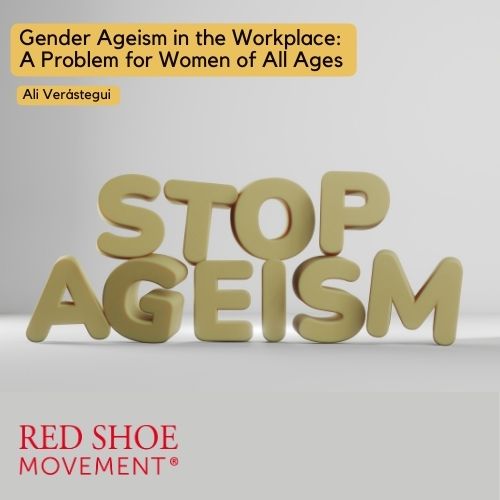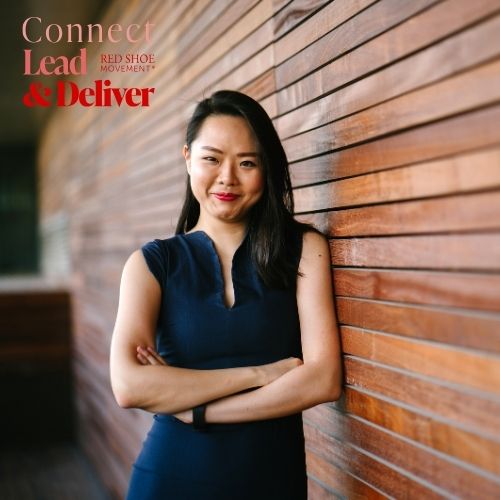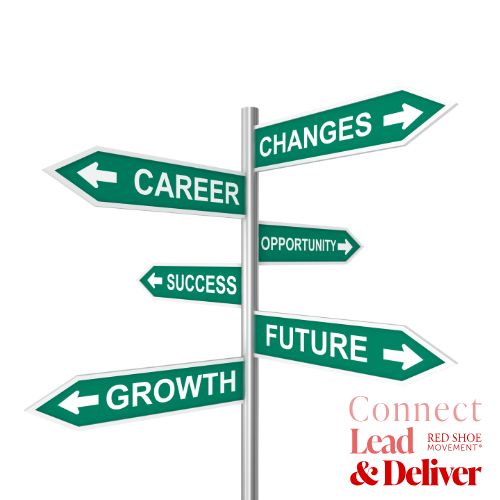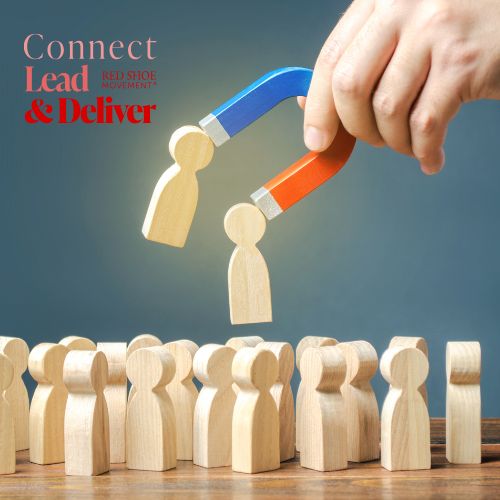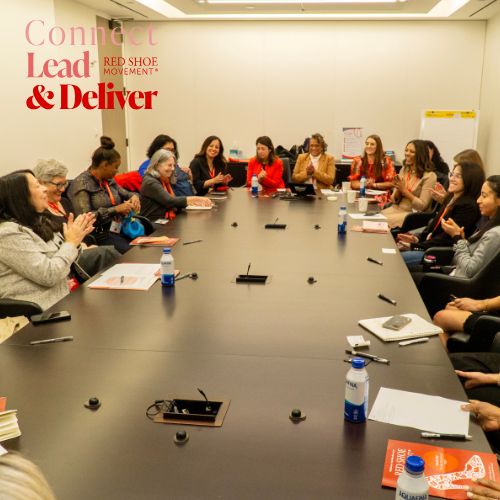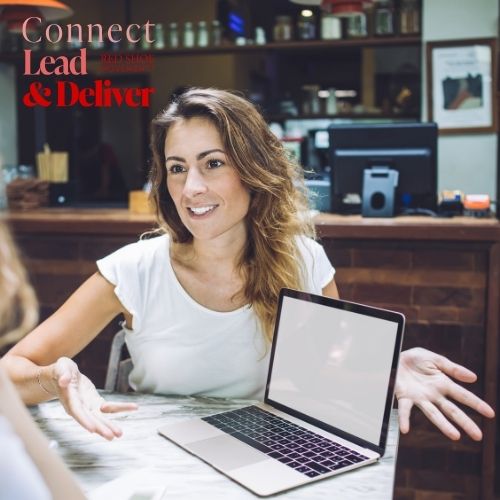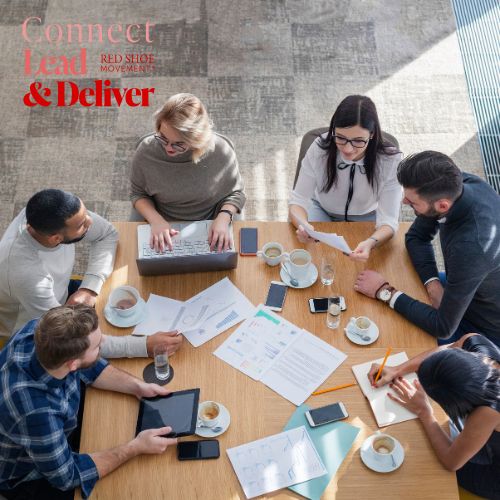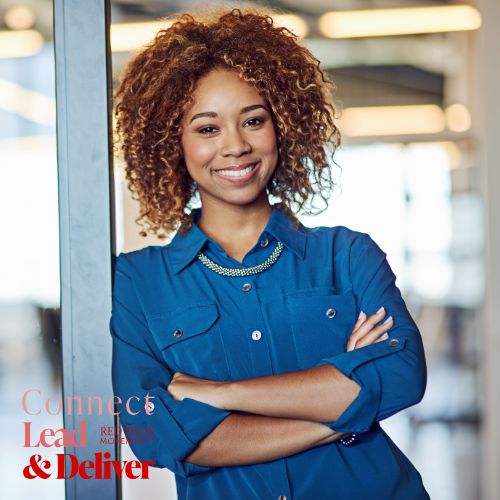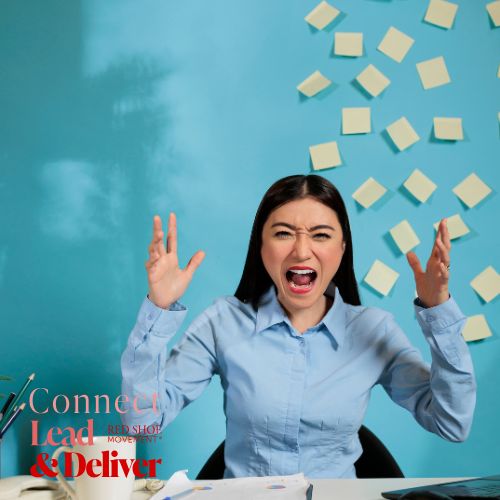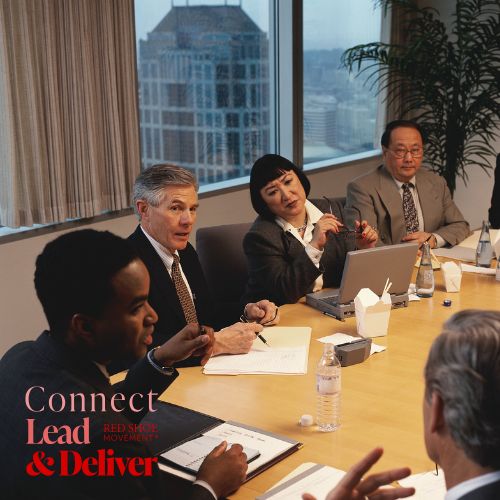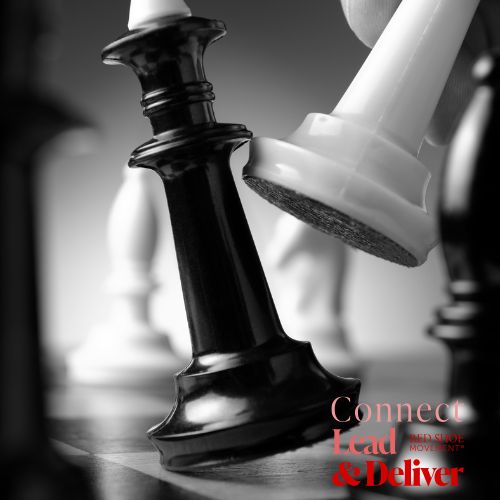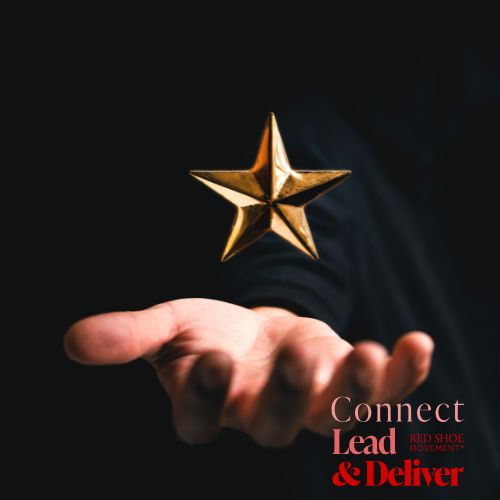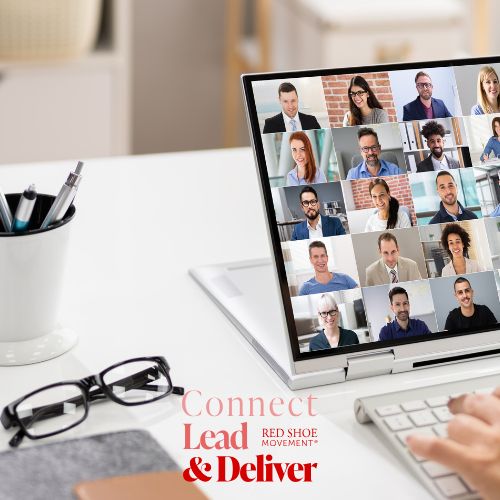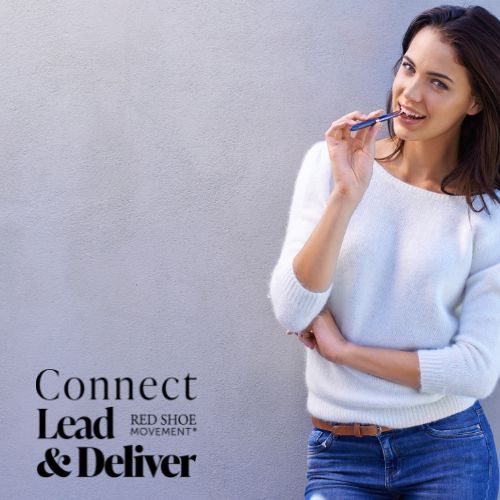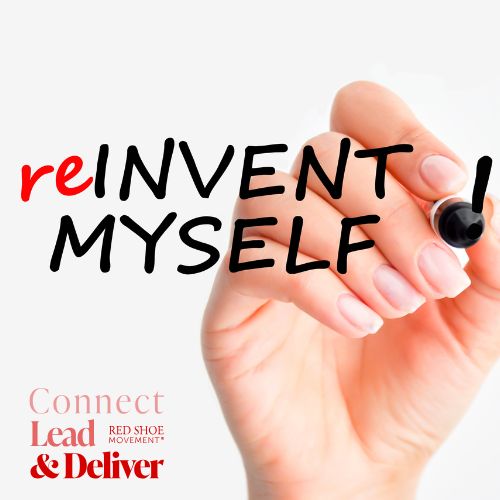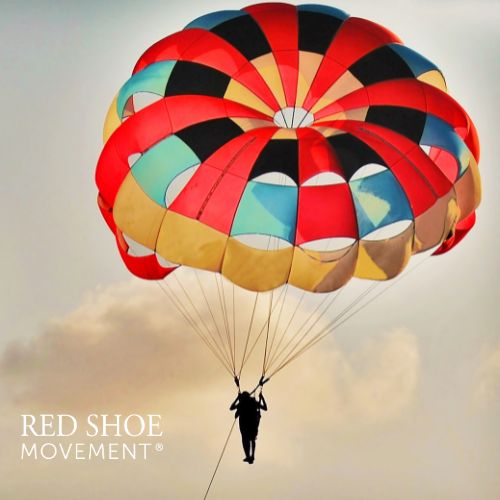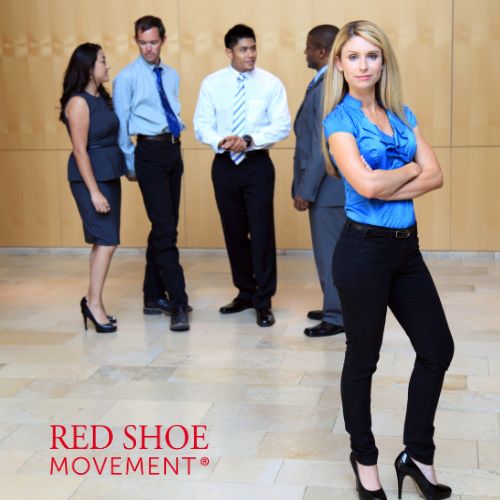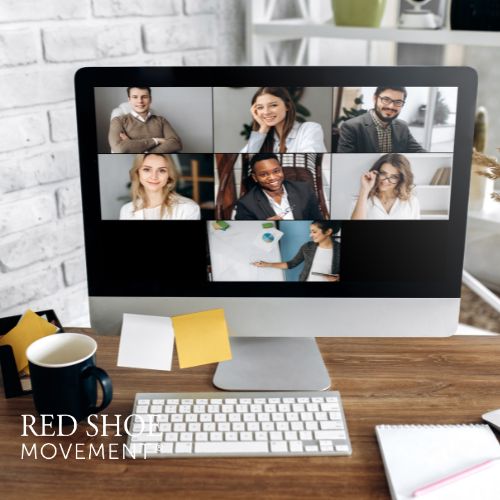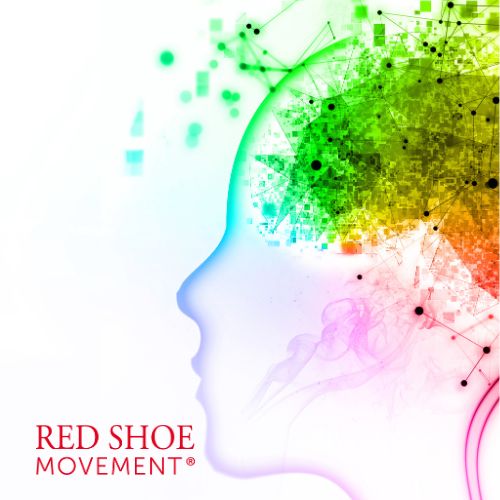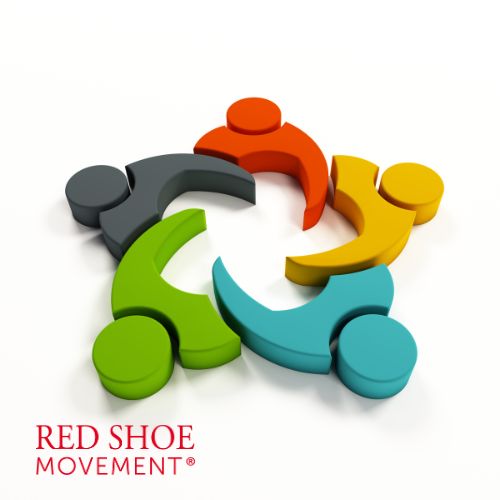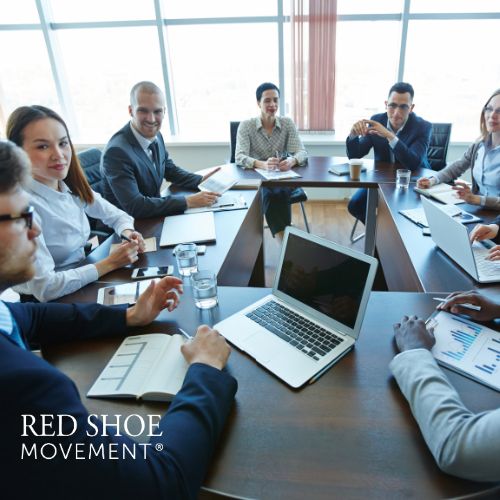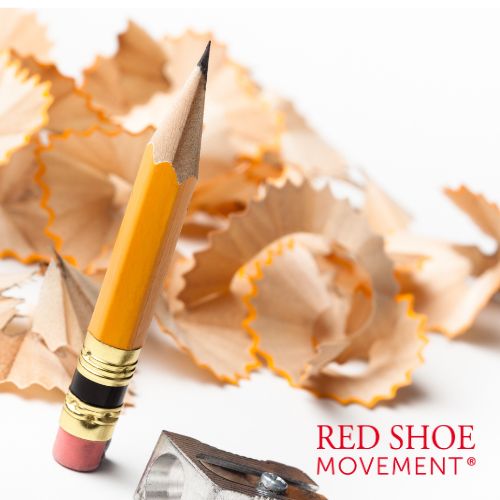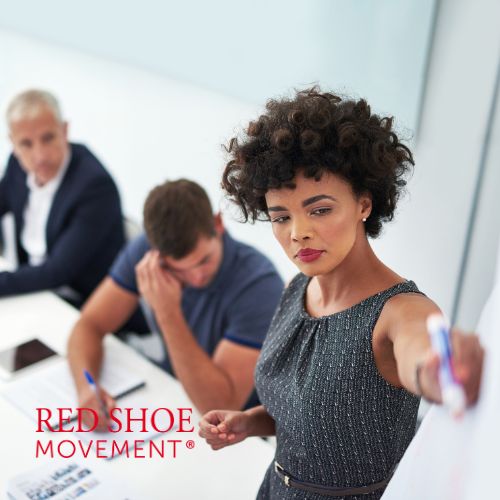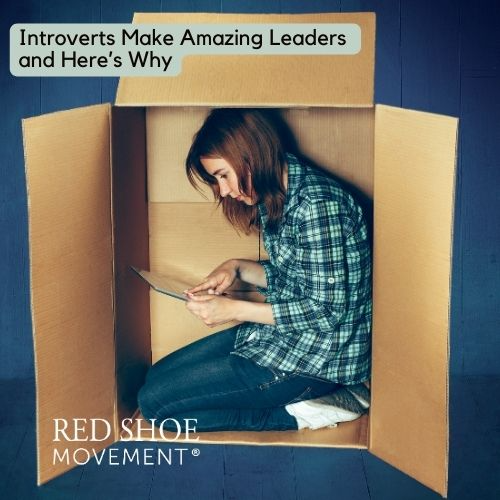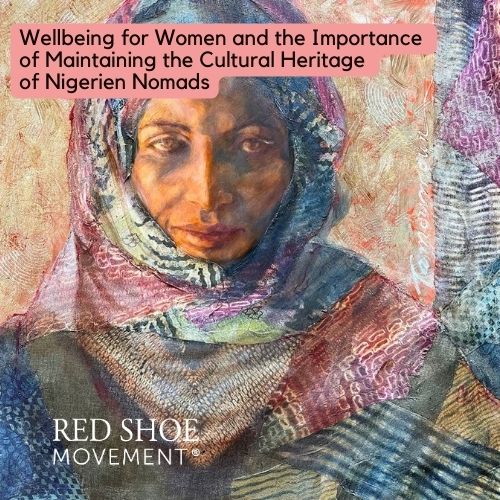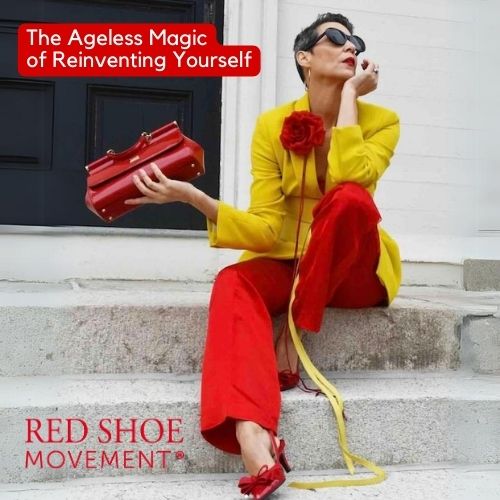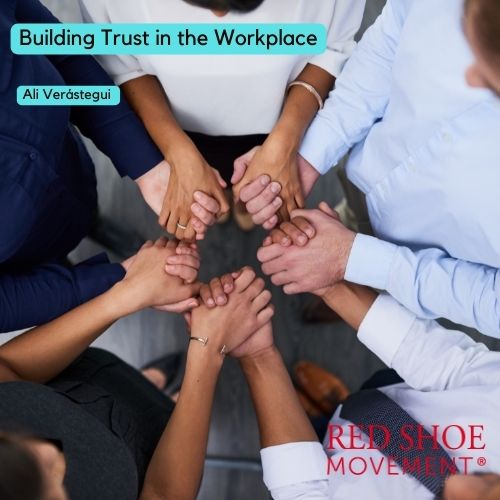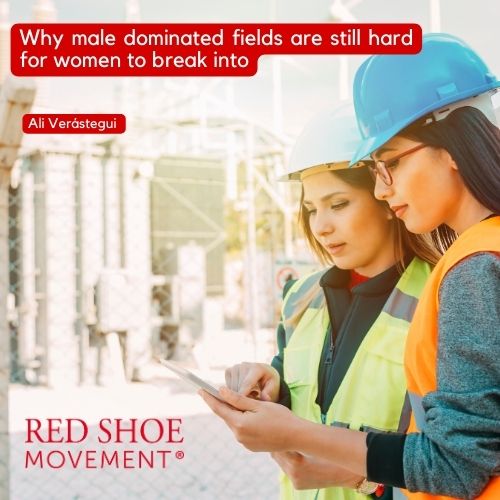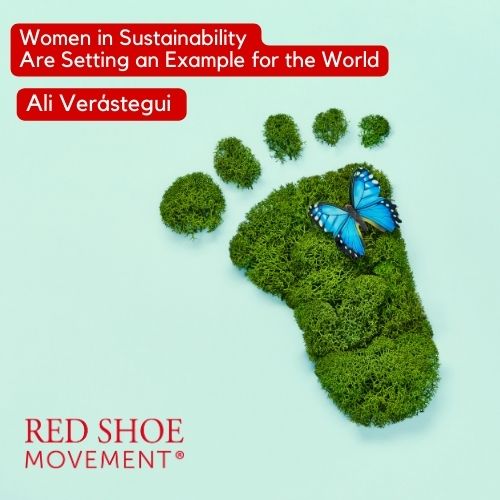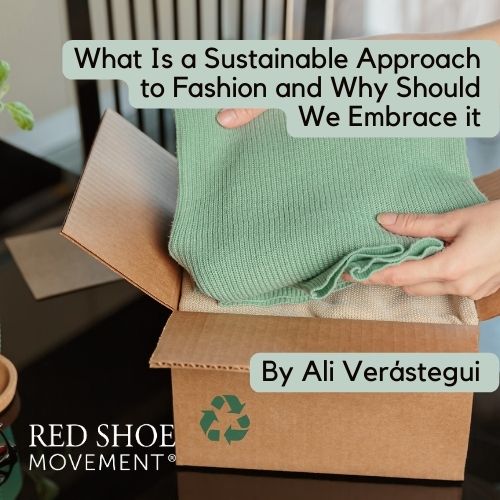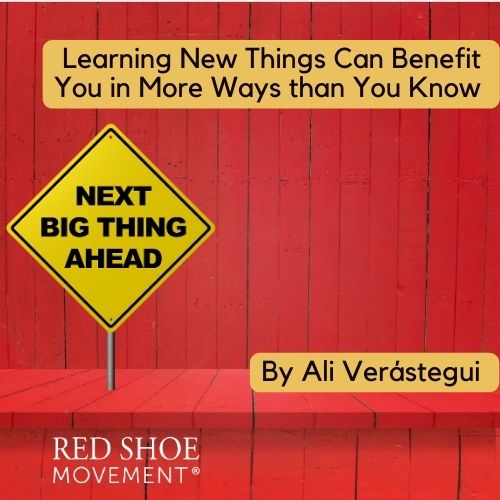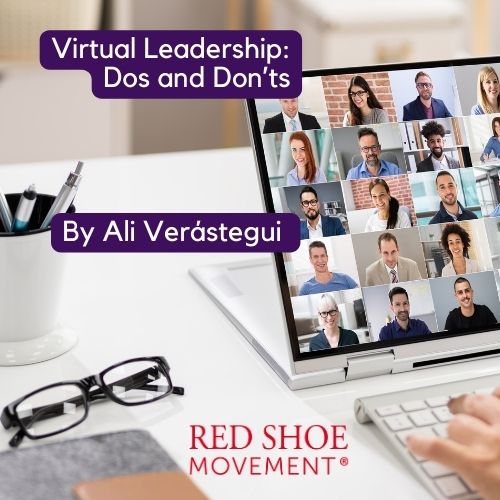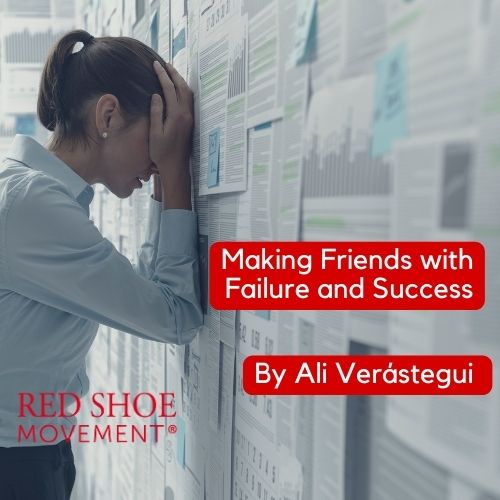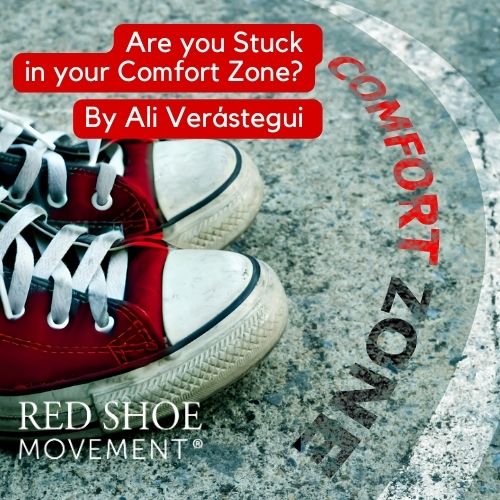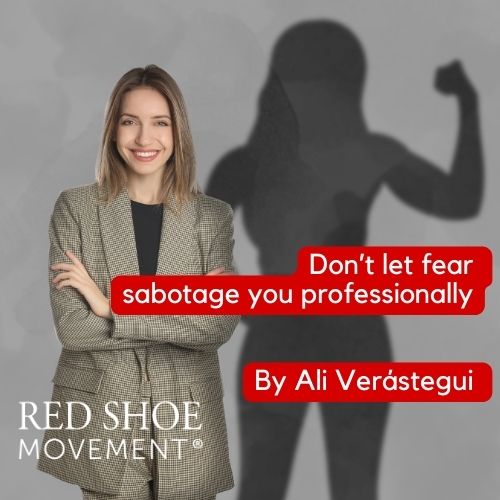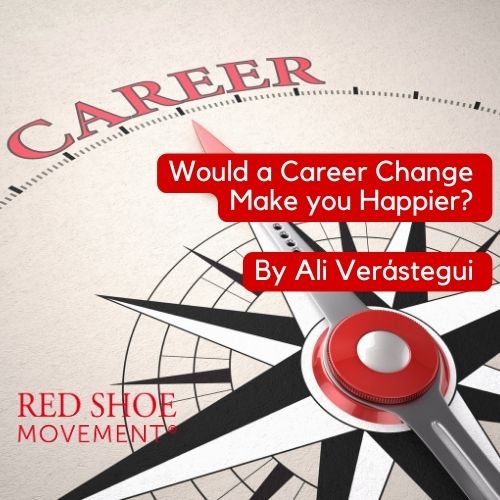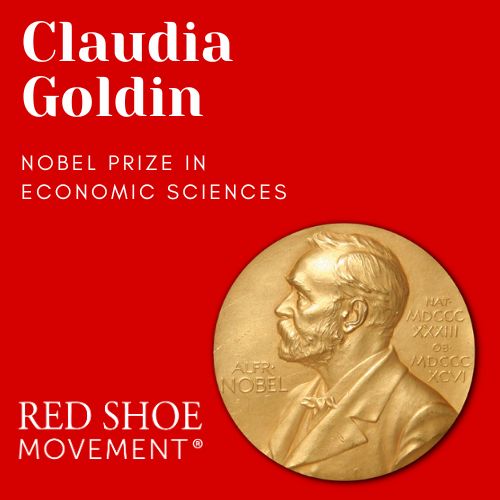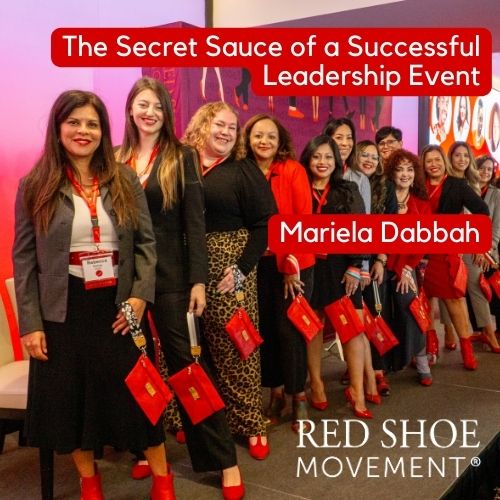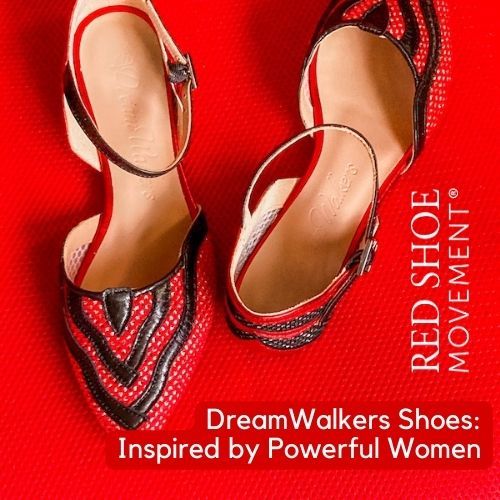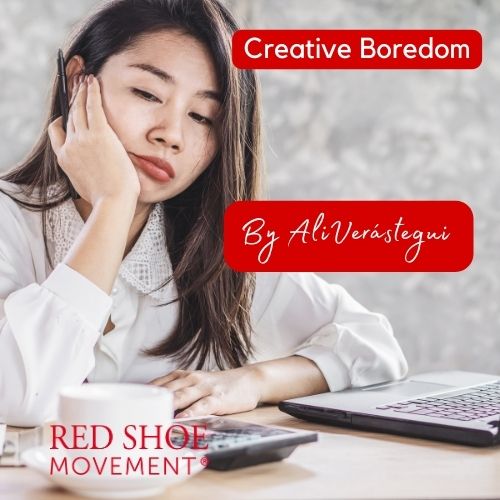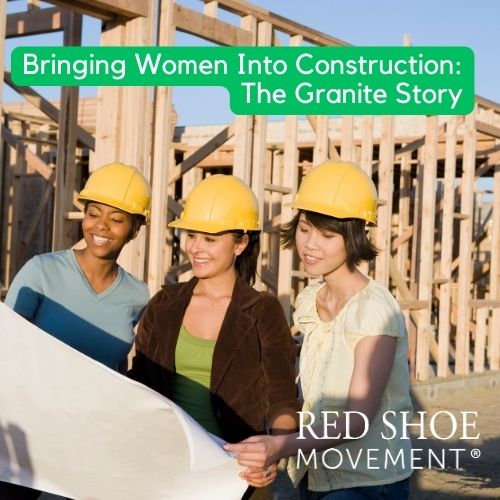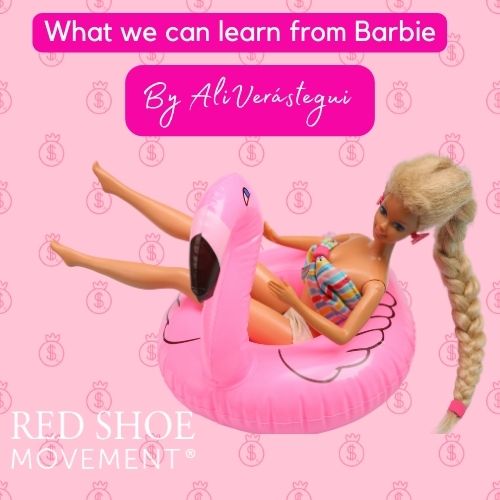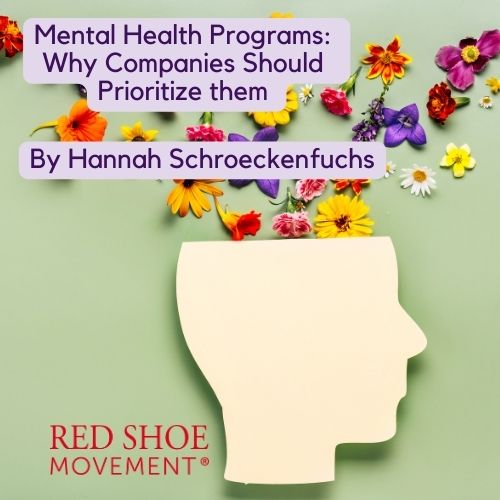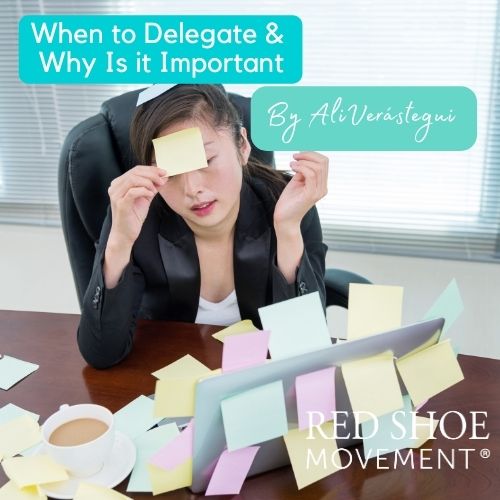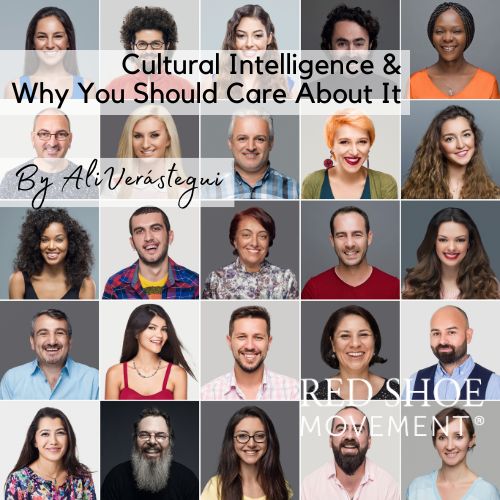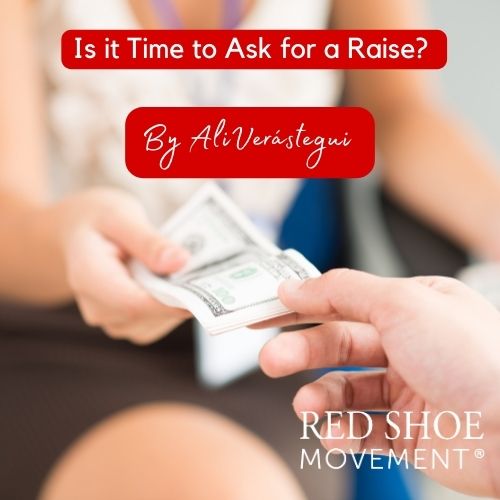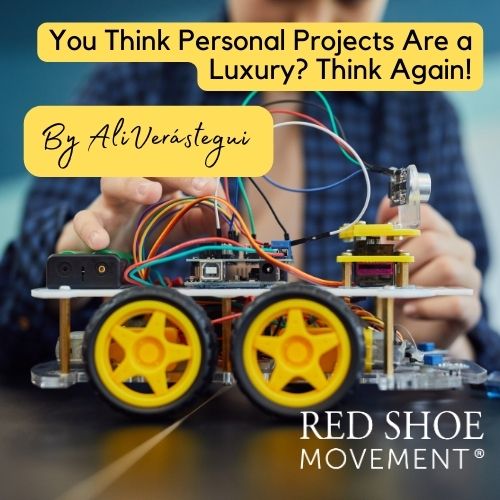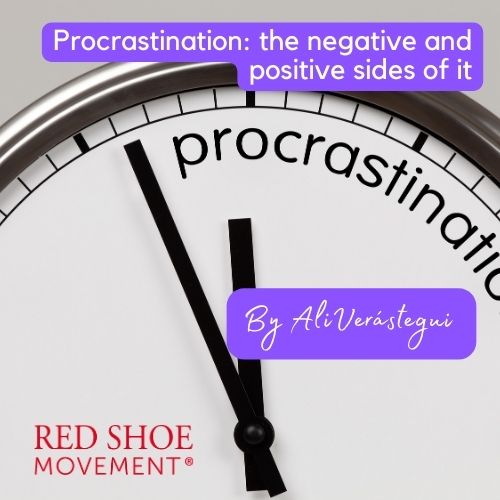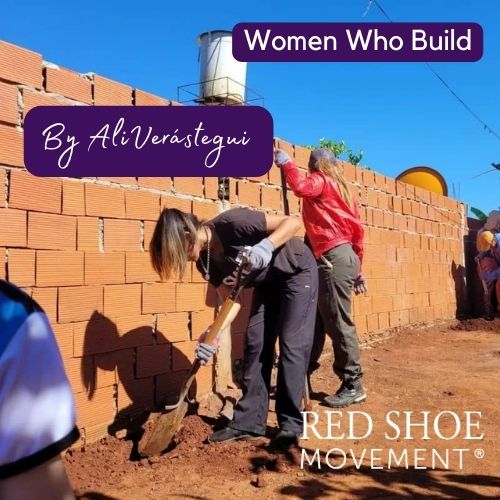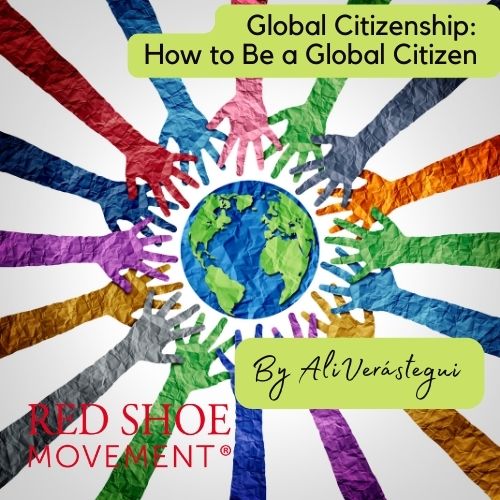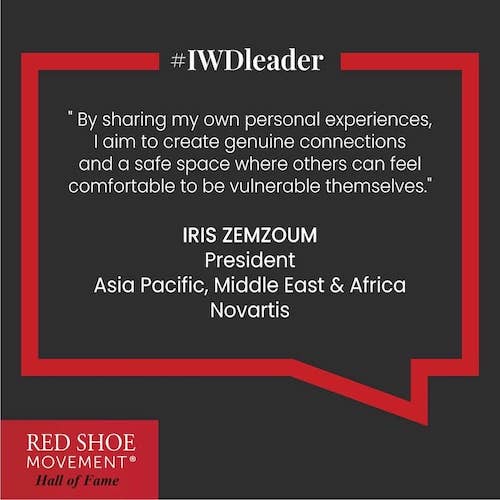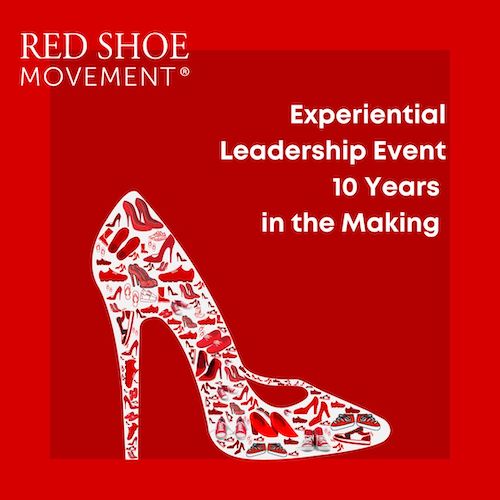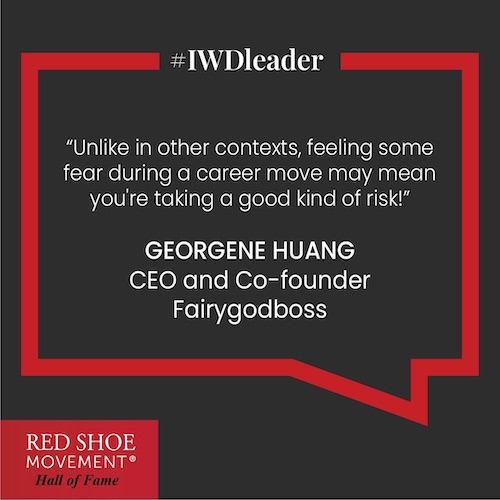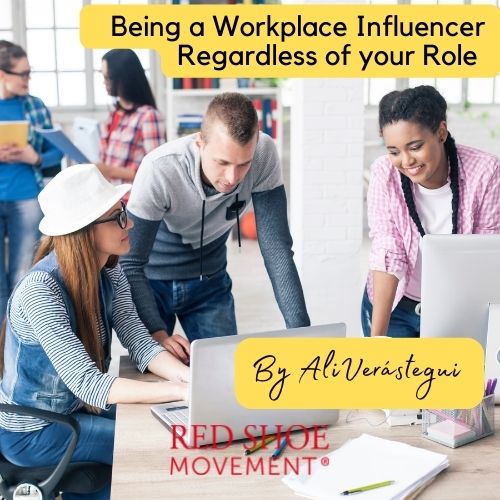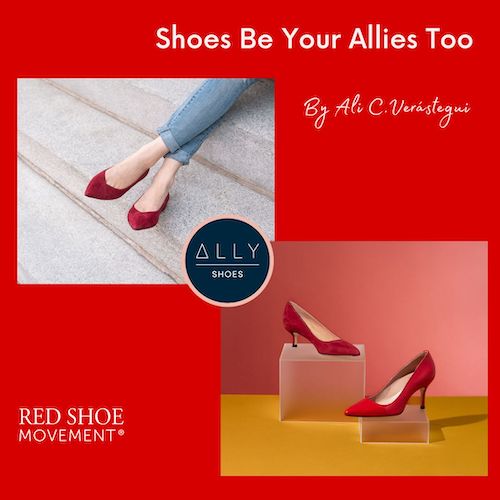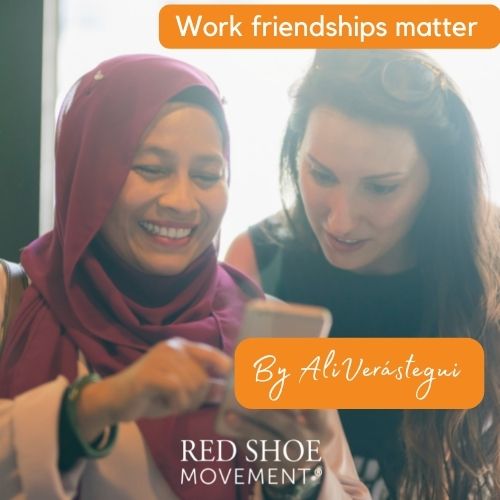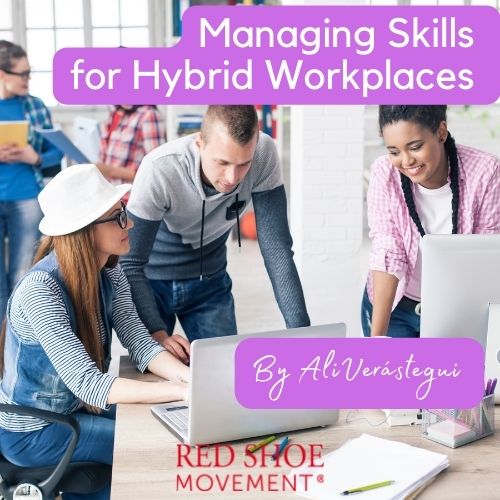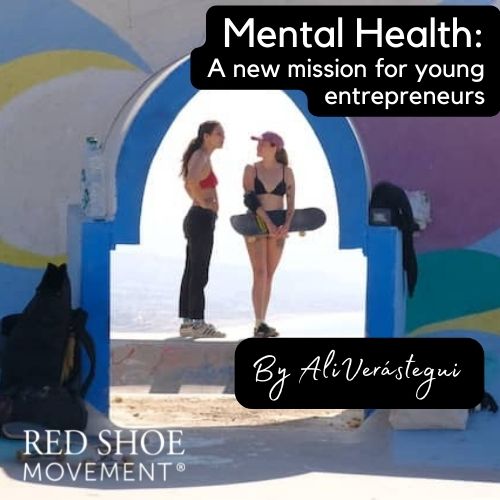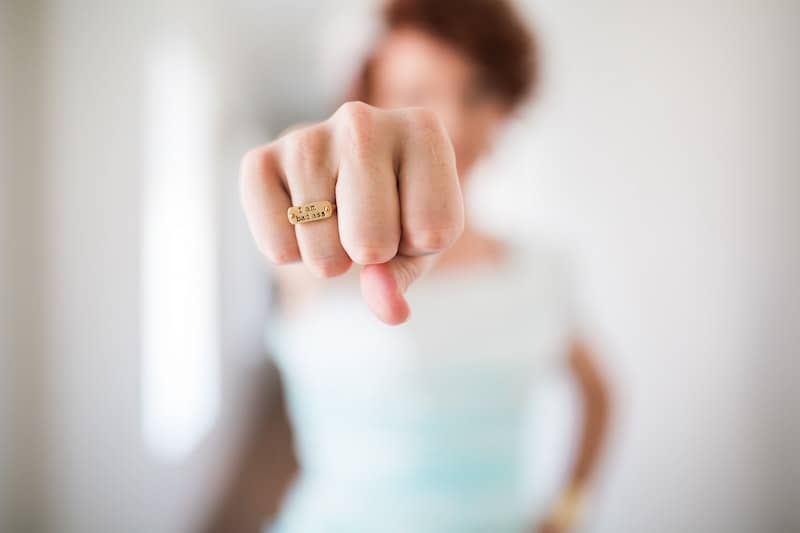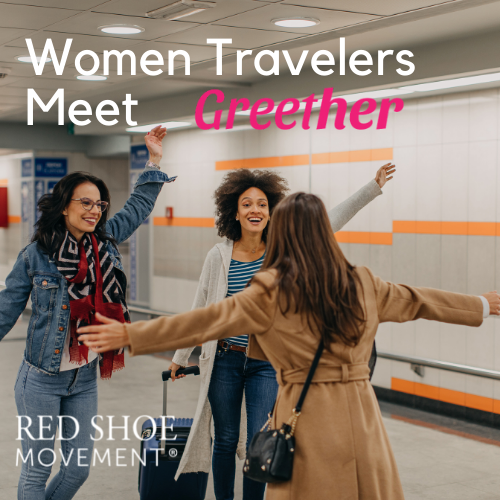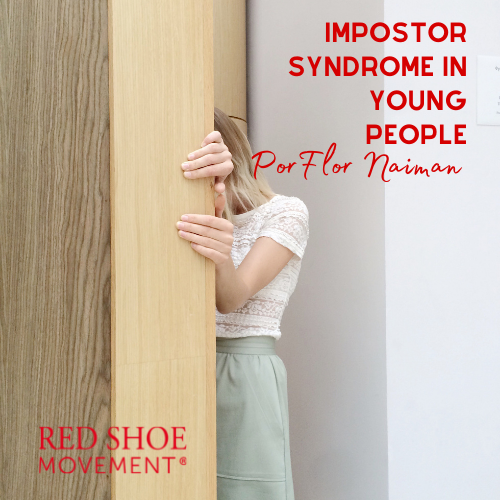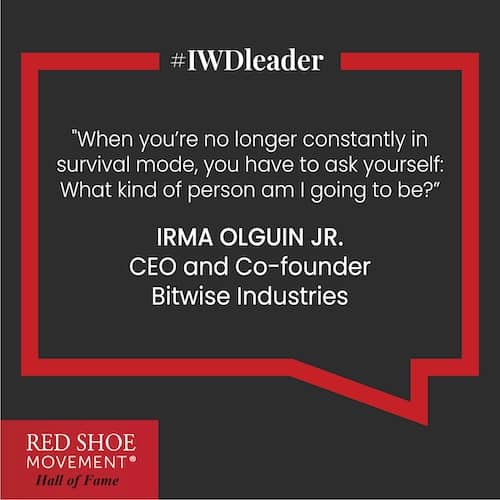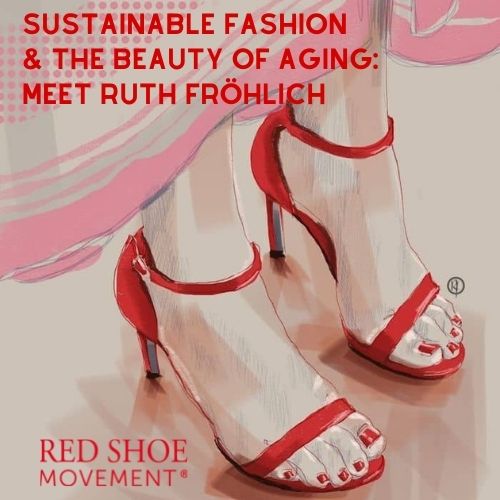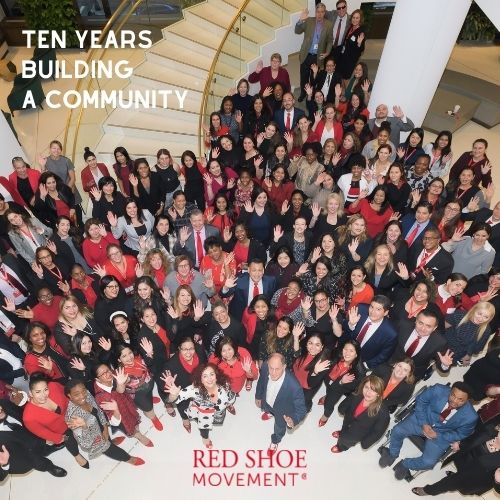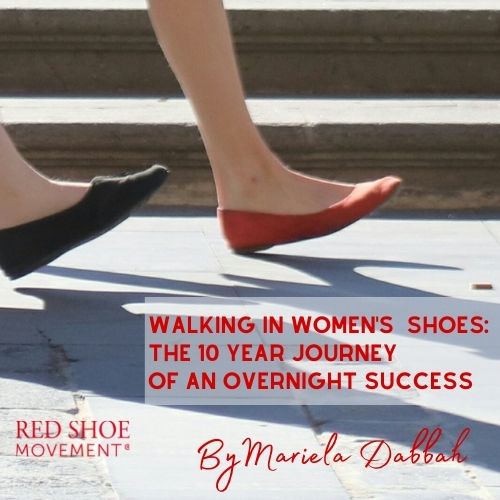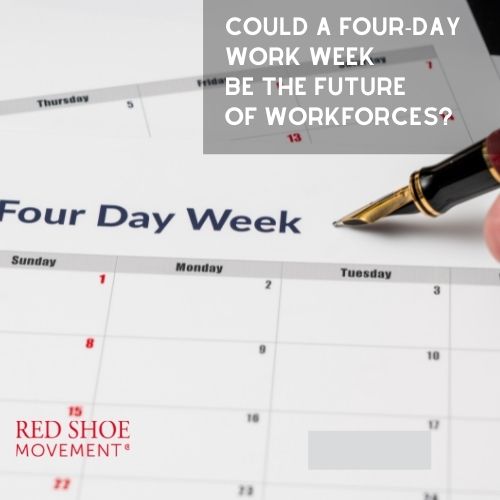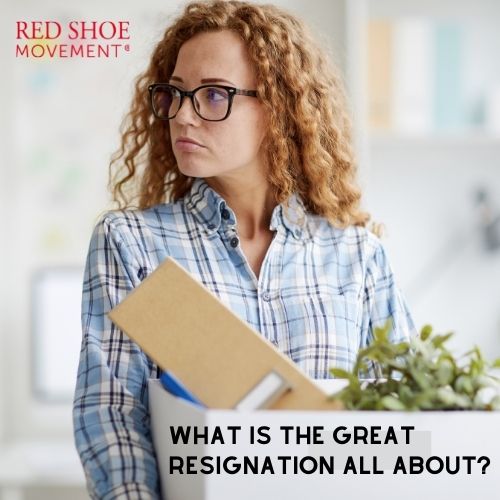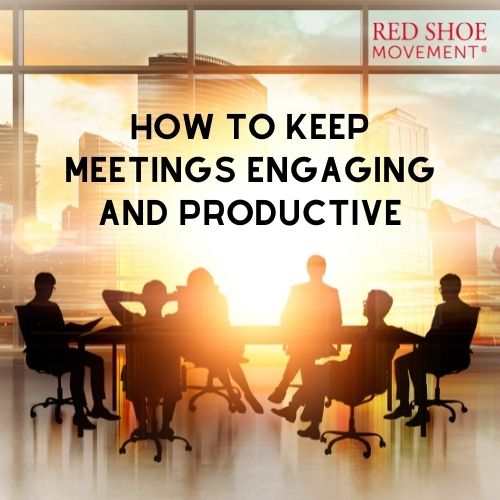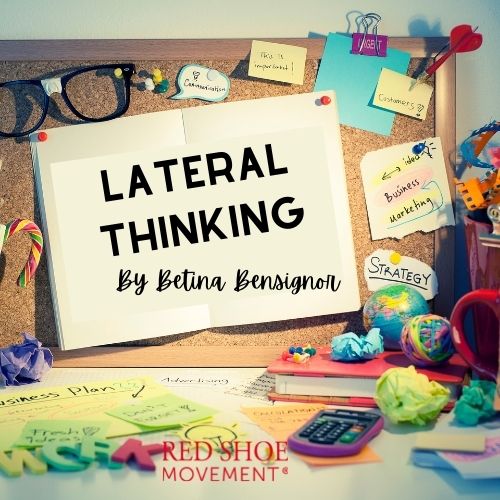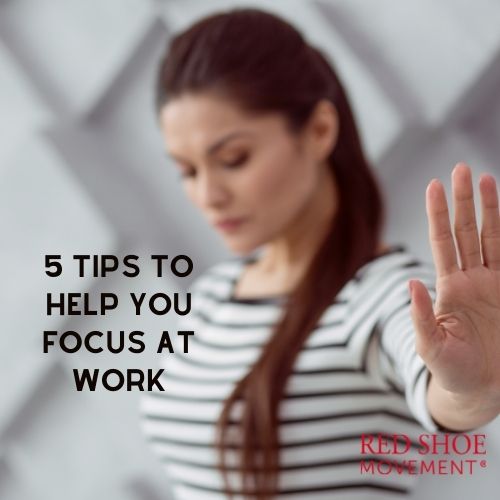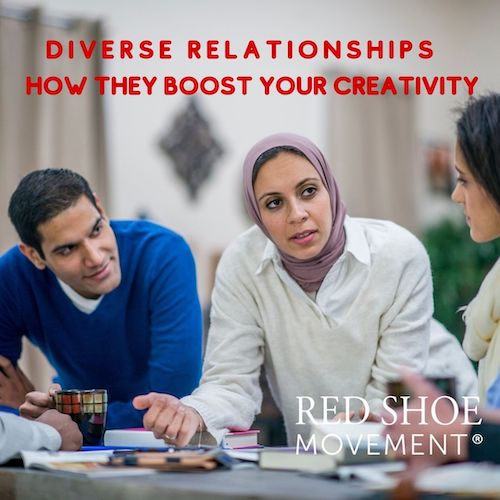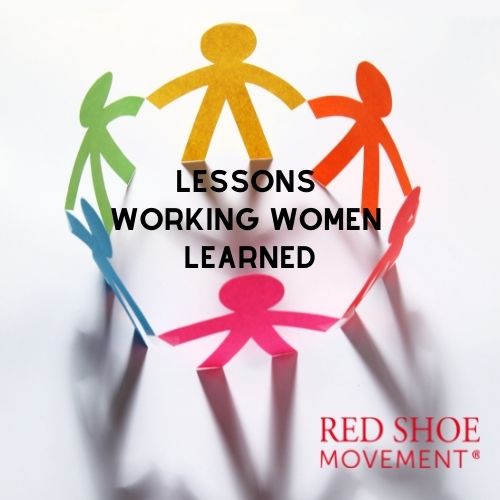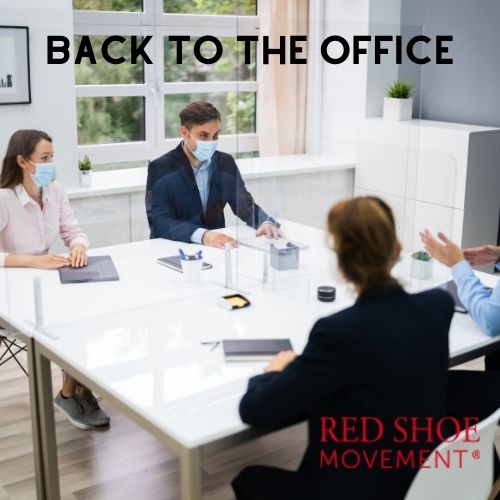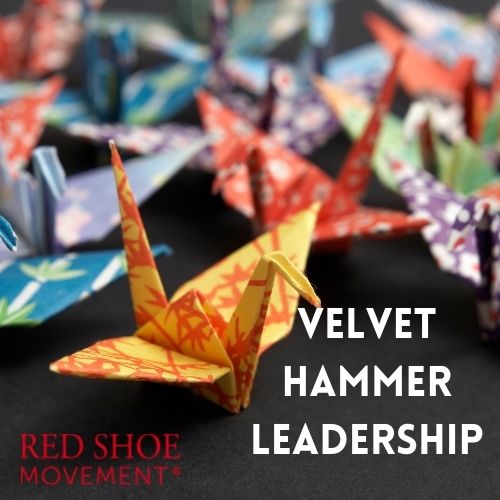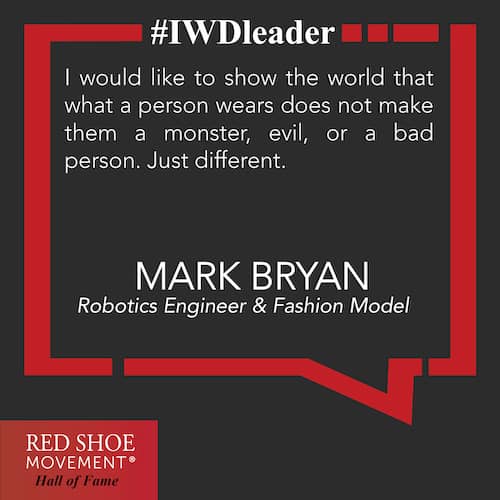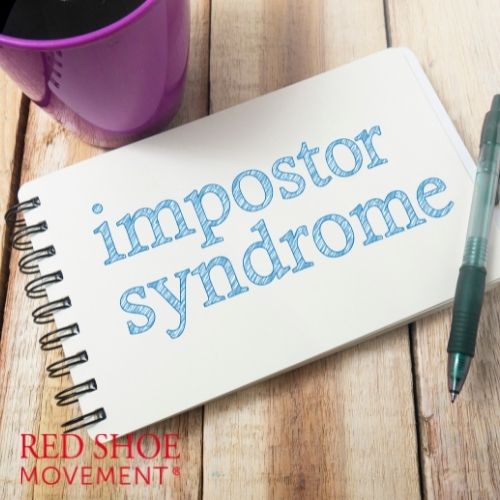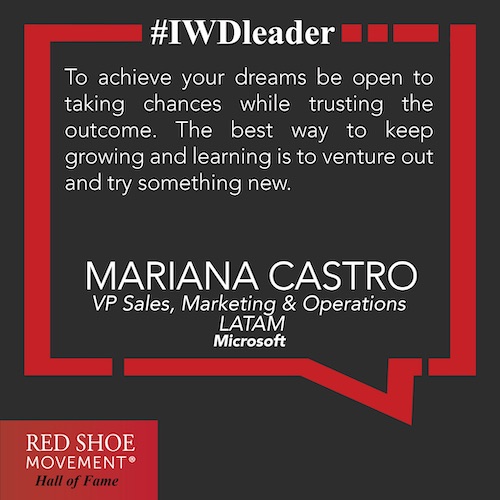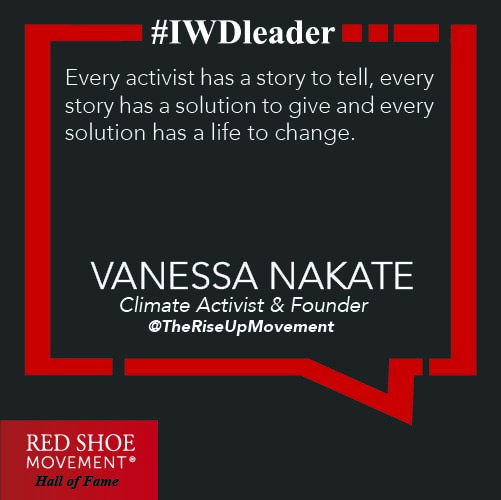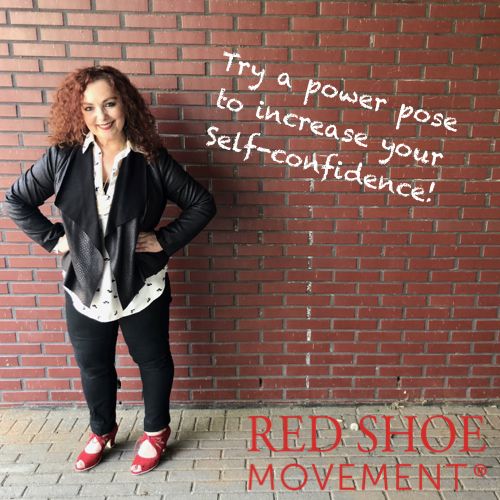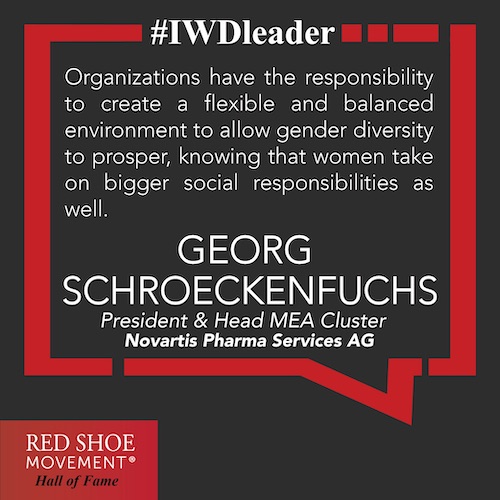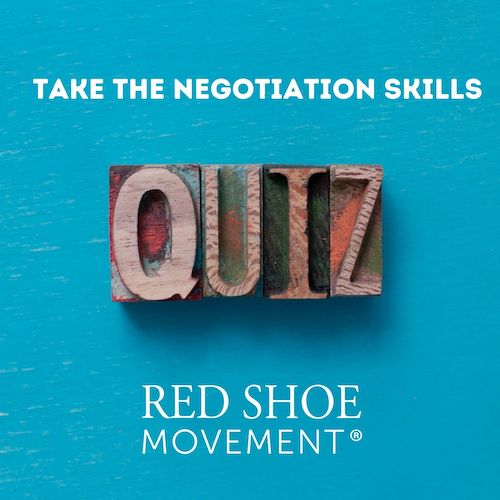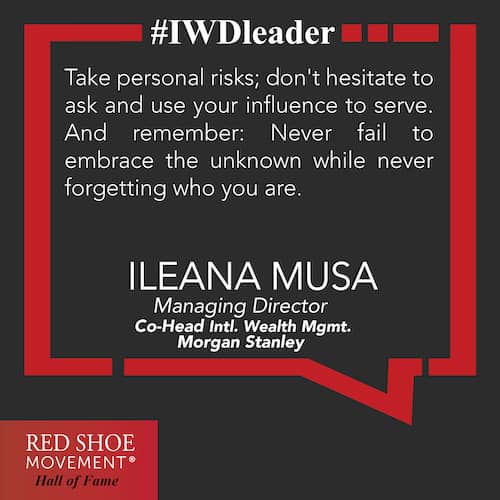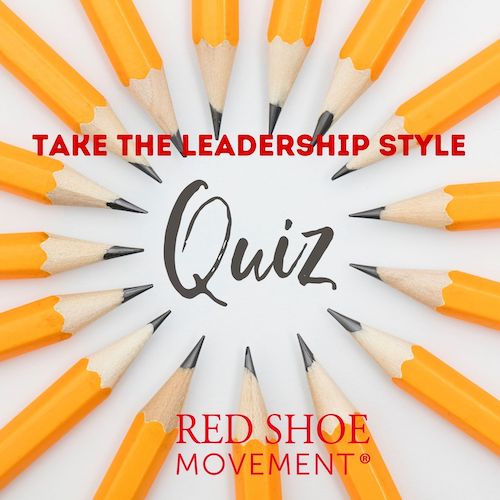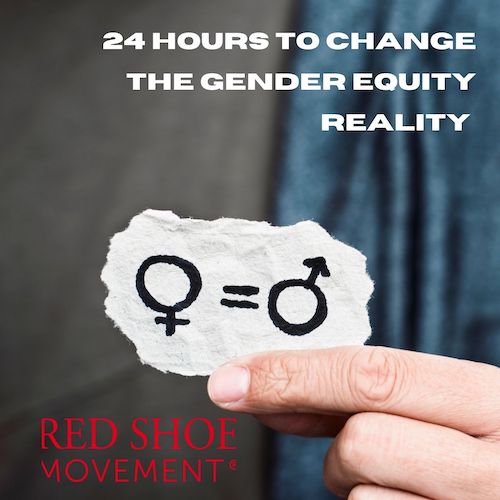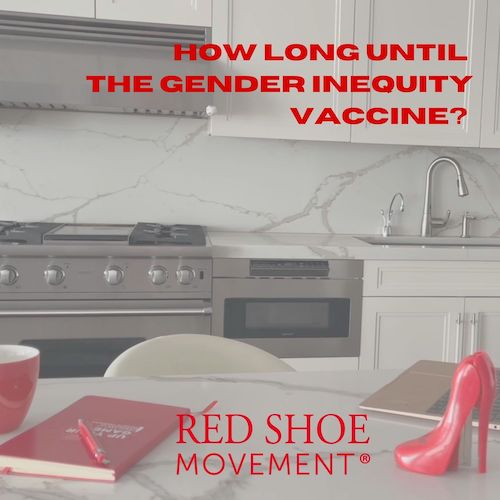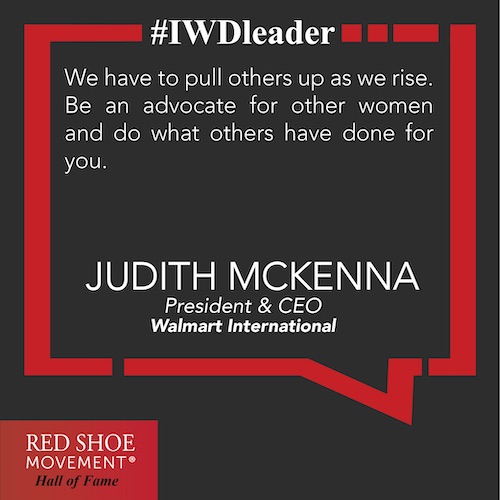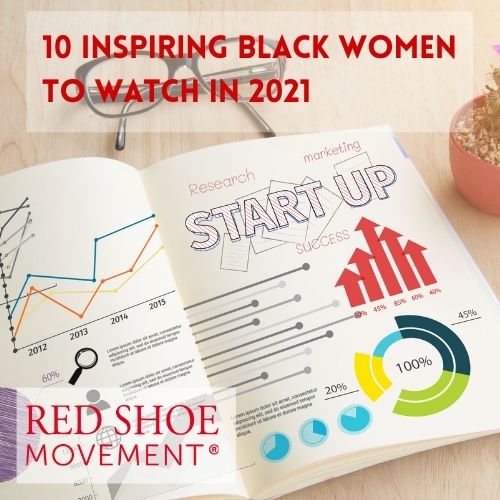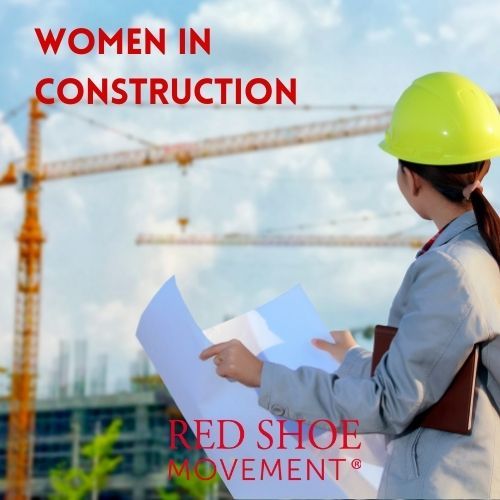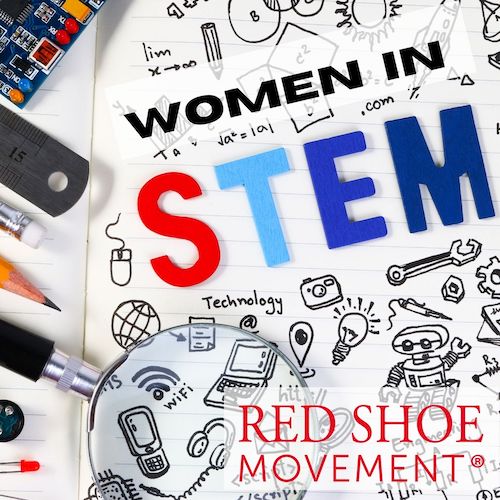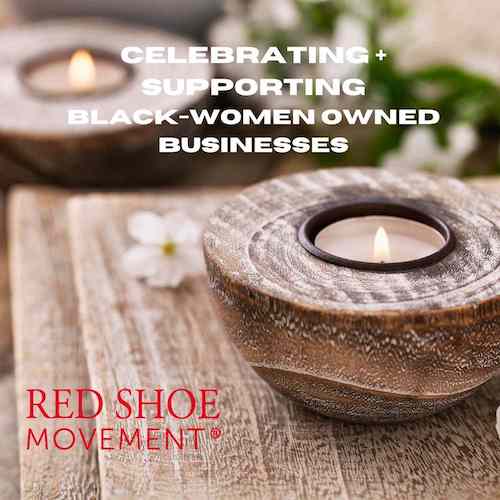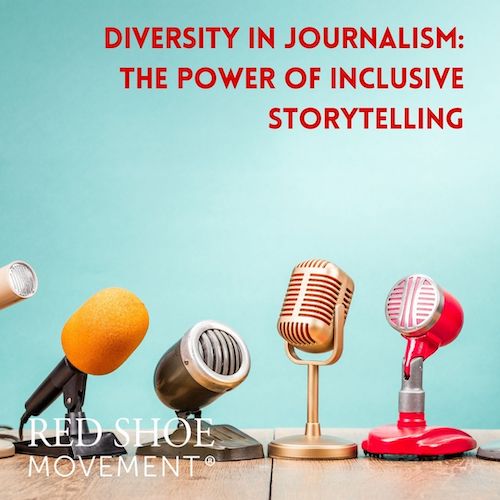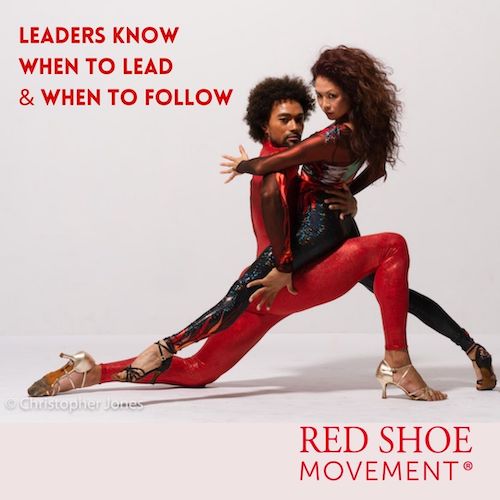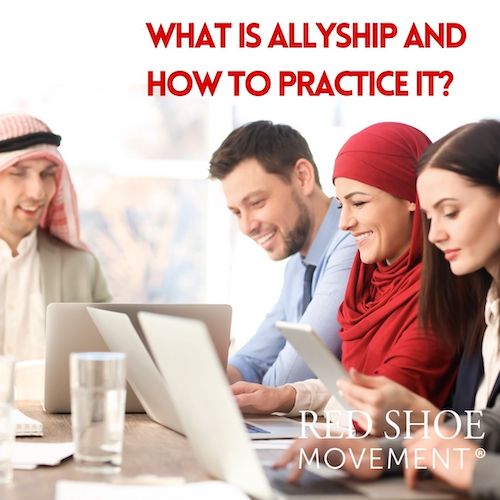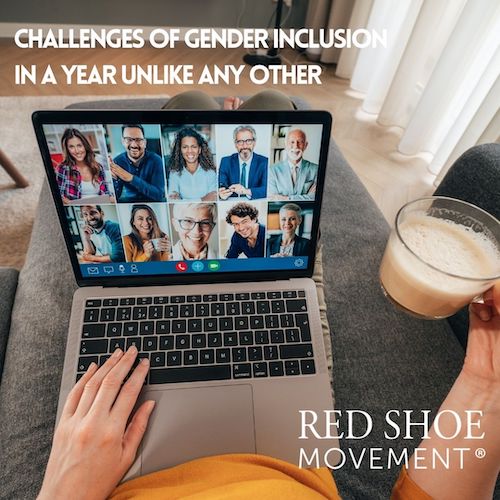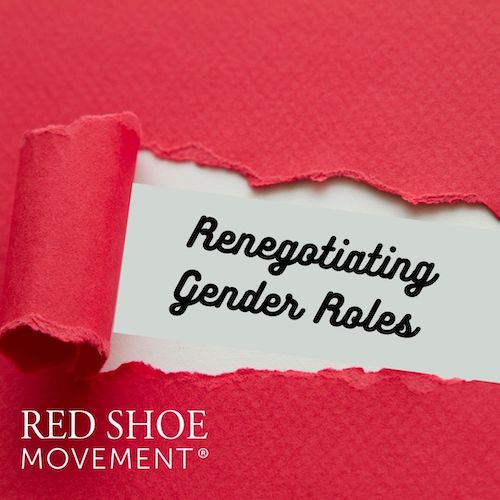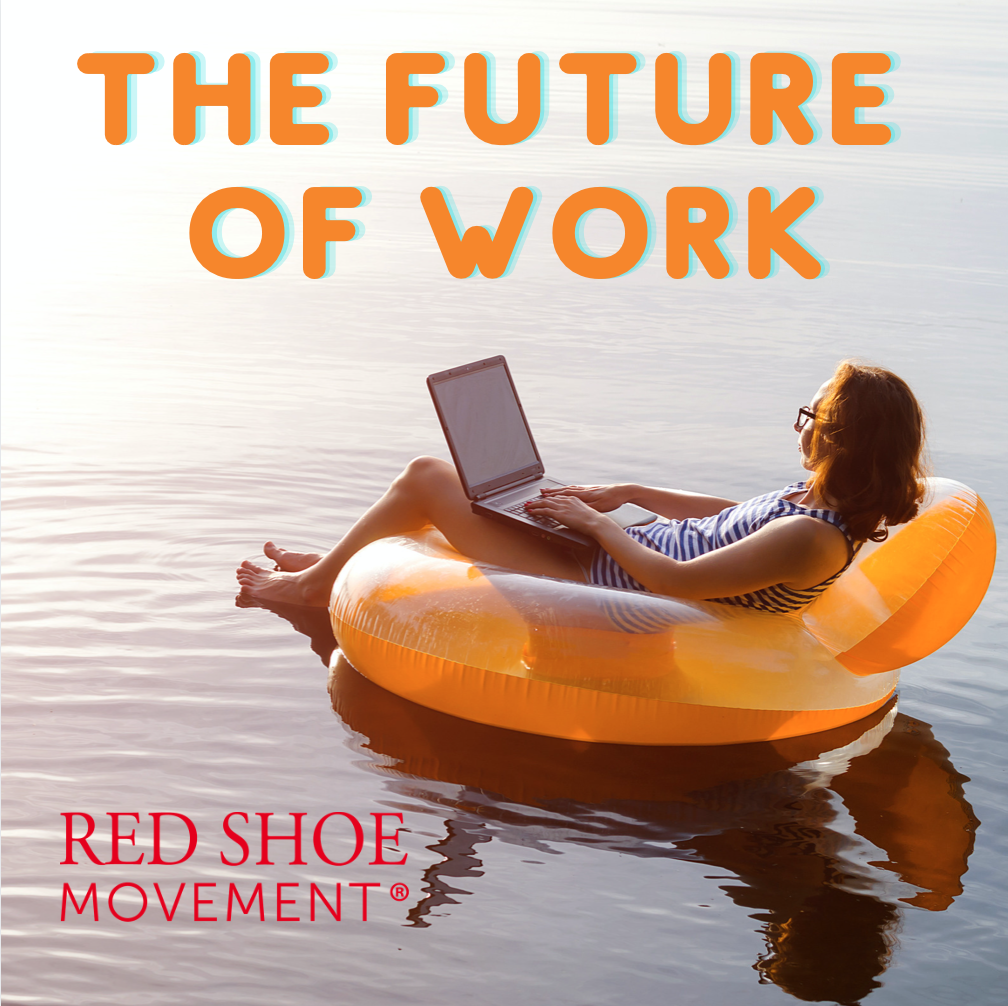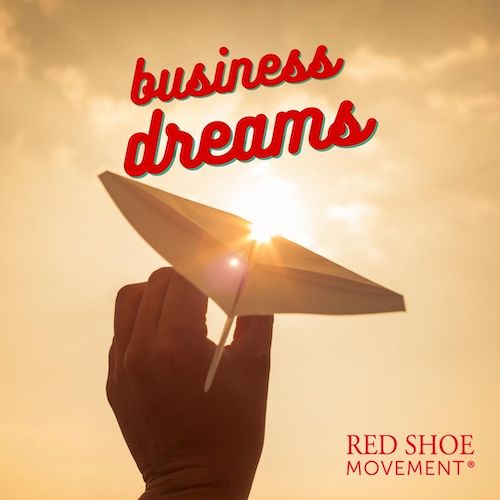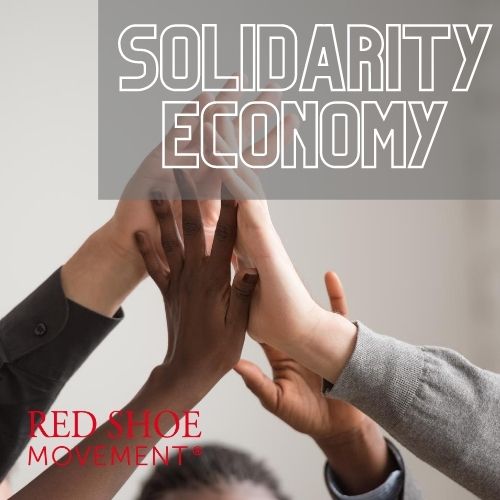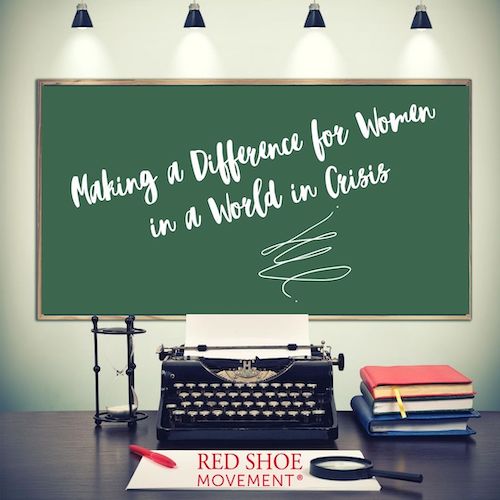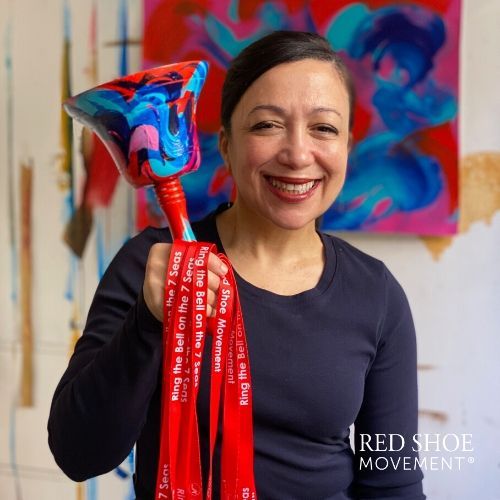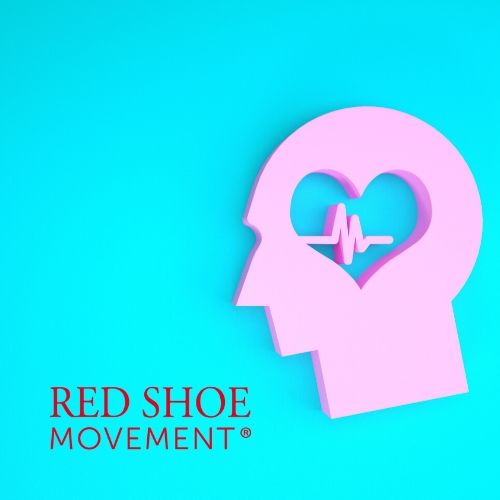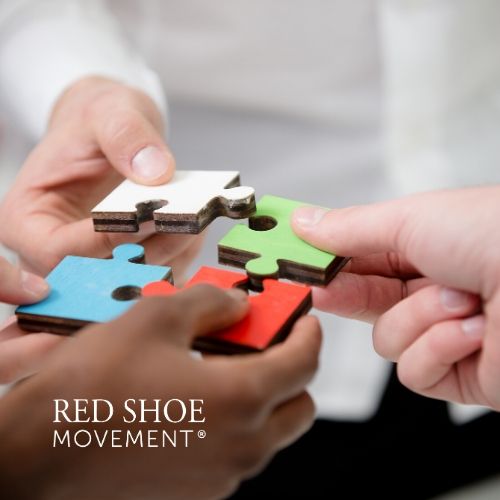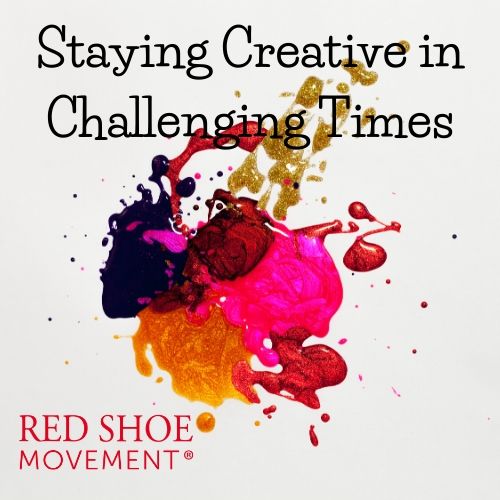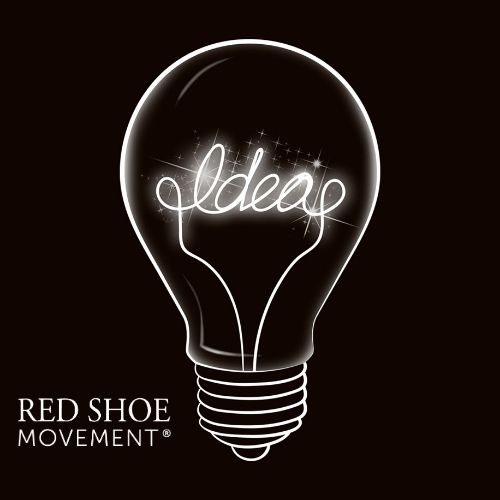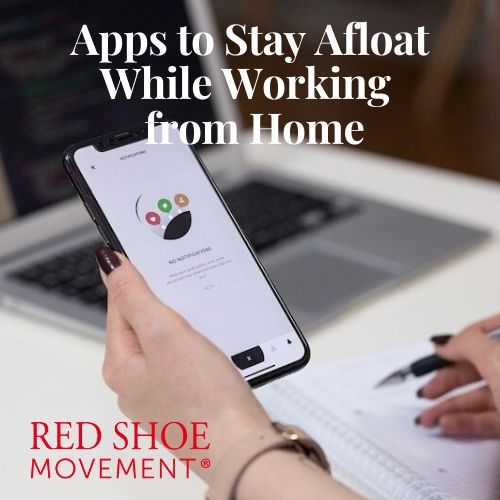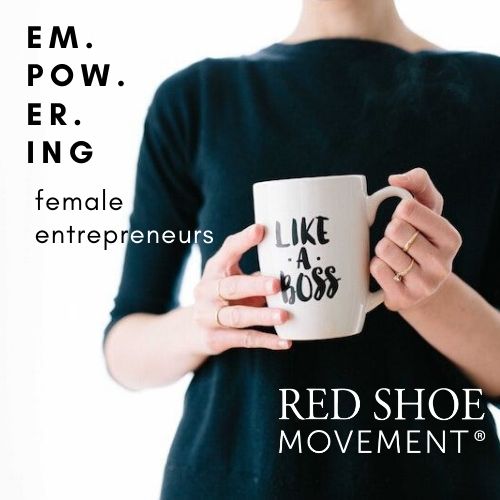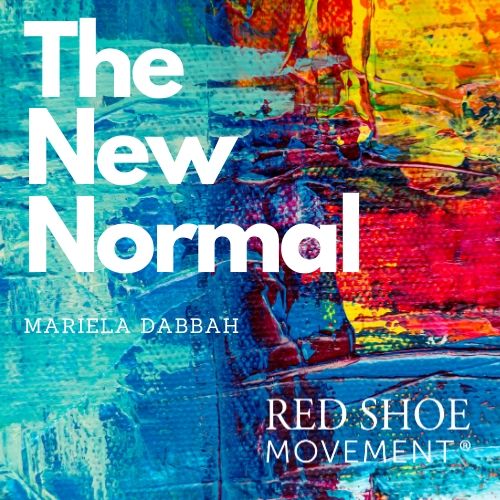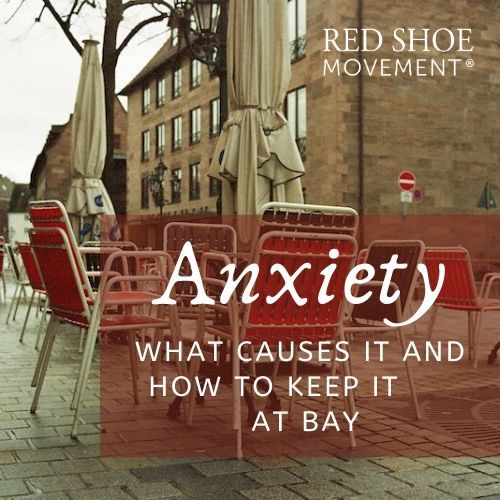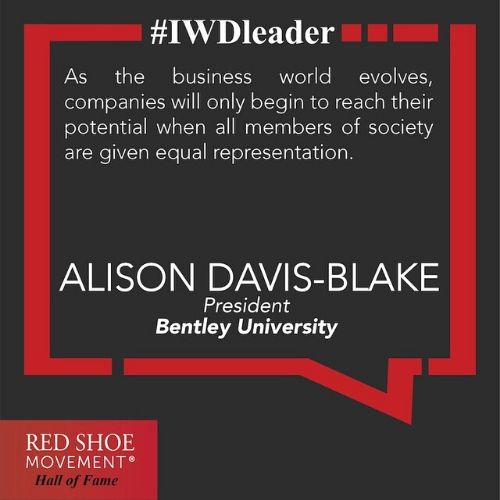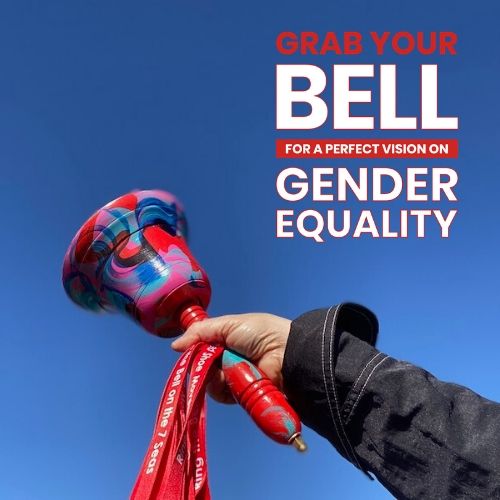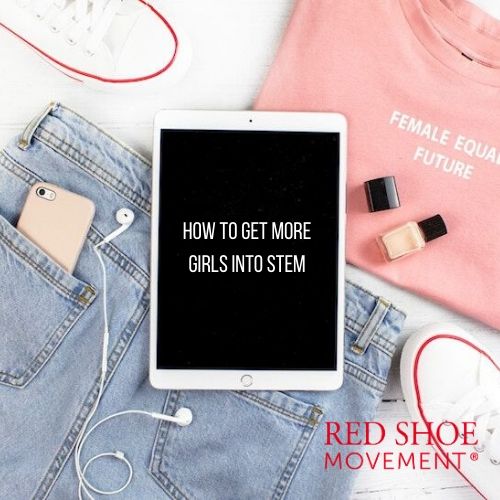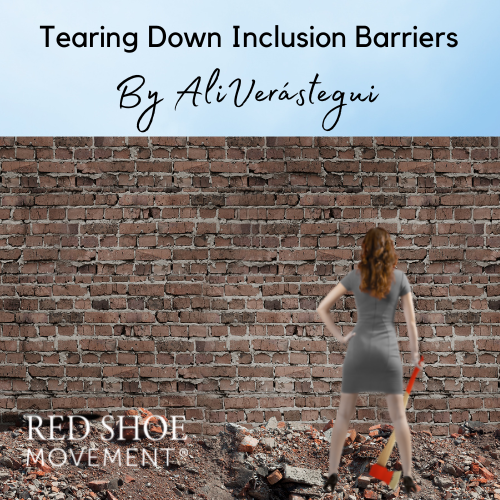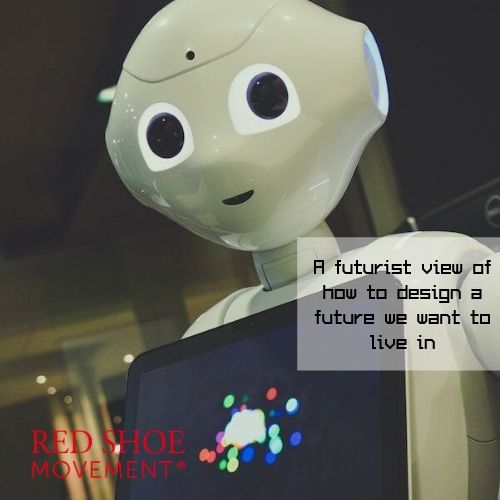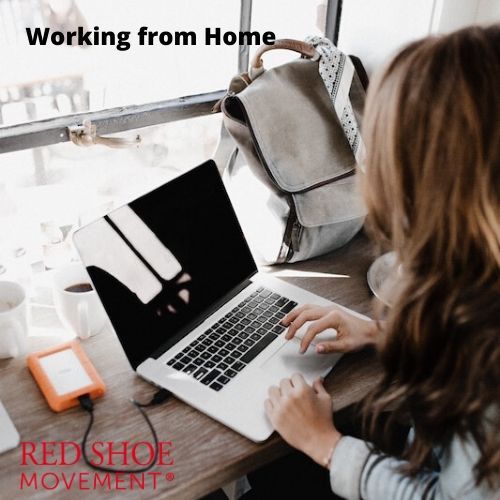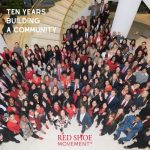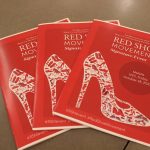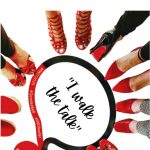Gender Ageism in the workplace is a problem for professional women of all ages. While it’s true that the older women get the less likely it is for their companies to invest in them, women in the workplace seem to be battling gender ageism throughout their careers (many of them before they even join the workforce).
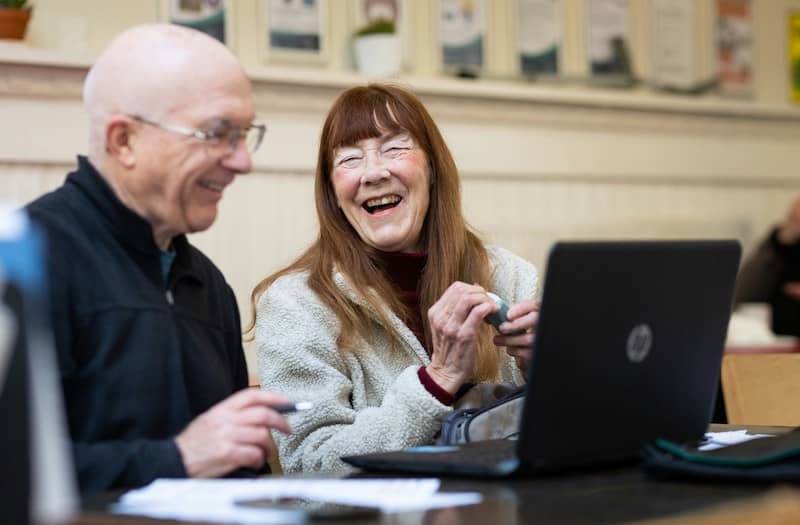
Some are perceived as too young, others are seen as too challenging to manage, and many don’t get opportunities to grow past a certain point as their male counterparts do. In many ways, gender ageism in the workplace seems to be an inevitable part of life for professional women. So, what can we do about it?
No Right Age for Professional Women
Originally, ageism was understood as prejudice and discrimination towards older people, based on the misperception that performance and capacity deteriorate as people grow older. However, the birth of a more diverse and multigenerational workforce has given way to age bias throughout women’s entire careers. A recent study published by the Harvard Business Review found that women in leadership deal with ageism at every step of their careers. According to the research, age has always been an excuse to not take women seriously or to not hire or promote them.
A survey across 46 countries by Women of Influence+ found that nearly 80% of the women who participated everywhere have encountered age-related discrimination professionally. According to Rumeet Billan, CEO of Women of Influence+, the survey shows that the assumptions and stereotypes fueling these age and gender-related biases affect women professionally and impact their self-confidence and general well-being negatively. The World Health Organization reports that 6.3 million cases of depression globally are estimated to be attributable to ageism.
Virtual Leadership: Dos and Don’ts
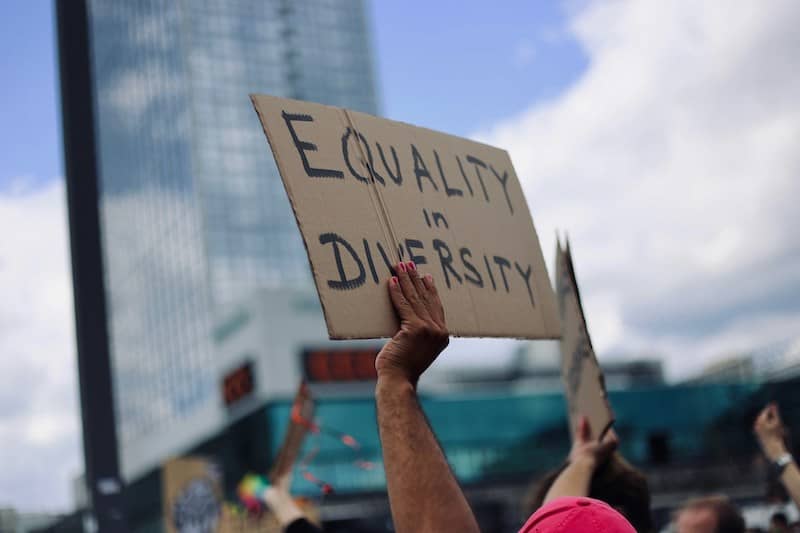
Gender Ageism in the Workplace
While gender ageism in the workplace is certainly more prevalent in certain industries, like tech, fashion, or entertainment, it’s a problem affecting working women in most fields. According to statistics cited by the Center for American Progress (CAP), median earnings are highest among women in their early to mid-forties and then start dropping fast (5.6% in their fifties and up to 8.0% by the time they’re in their sixties). It seems like most workspaces are buying into the idea that women of a certain age are not worth being invested on or promoted to leadership positions. And since there is a lack of senior women leaders to mentor young talent, it’s even more difficult to shift scales in male-dominated fields.
This can also make women reluctant to look for bigger and better opportunities outside the safety and stability of a job they’ve had for a while. Older workers of all genders feel stuck in their jobs, or “job locked,” because a new job can bring new opportunities and career advancement but it’s also a particularly big risk after a certain age. Data by the CAP shows that older employees have more trouble being reemployed and are more likely to stop working altogether after losing a job.
Would a Career Change Make You Happier?
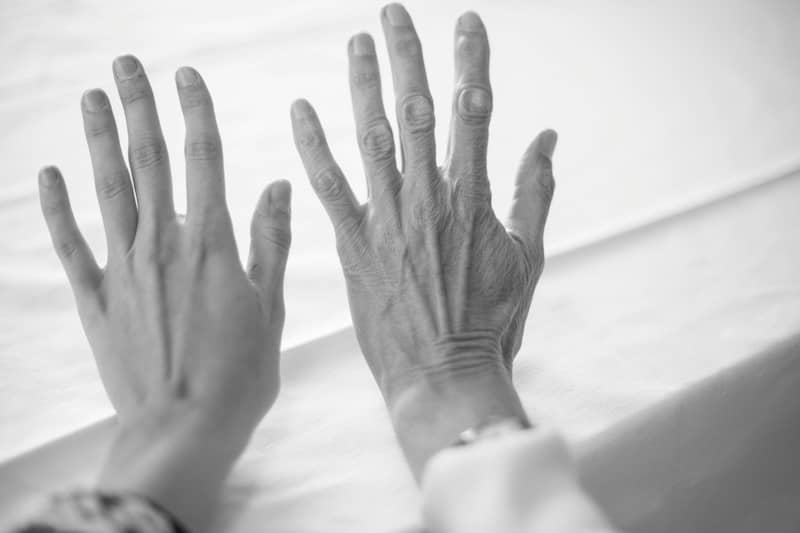
Battle Gender Ageism in the Workplace
Diversity in the workplace is better for everyone. Age diversity, specifically, results in better organizational performance. Ageism can also affect employees’ comfort and loyalty, especially women who will, rightfully, question their future within a company that’s not making room for diversity of all kinds in their leading positions. Organizations with diverse leadership perform better generally, but also in times of crisis. Here are some steps to battle gender ageism in the workplace:
- Be aware of your own bias: Ageism can be (and often is) overlooked at workplace initiatives and diversity workshops, however, it should be addressed with the same seriousness as other forms of discrimination. Interactive case studies can address age-related assumptions and stereotypes and help recognize that being older doesn’t affect a woman’s commitment, agility, and ability to learn. Acknowledging the problem can be the first step towards making necessary improvements.
- Call people’s bias out: Gender ageism can often be connected to the way a person looks and how attractive they are by social standards. This is something that particularly affects women who are required to always look young, attractive, and carefree. If you can tell someone’s gender, age, or even appearance is being considered in a way that overlooks their specific skillset and the quality of their work, say something.
Why Male-Dominated Fields Are Still Hard for Women to Break Into
- Focus on skills: People’s work, results and particular skillset should be the decisive elements when it comes to hiring and promotion. Make sure that everyone in your team can see that there is room for growth and that their development will be supported by not just other women in leadership positions, but by an organization that will allow all its employees, regardless of age, gender, or appearance, to shine.
- Learn from each other: Diverse teams are better for business, get better results, and foster a more collaborative environment within the workplace. It’s important to embrace diverse, multi-generational teams and use them to foster a workplace culture where everyone listens and learns from different perspectives. One that appreciates a woman’s experience and hard-earned expertise.



